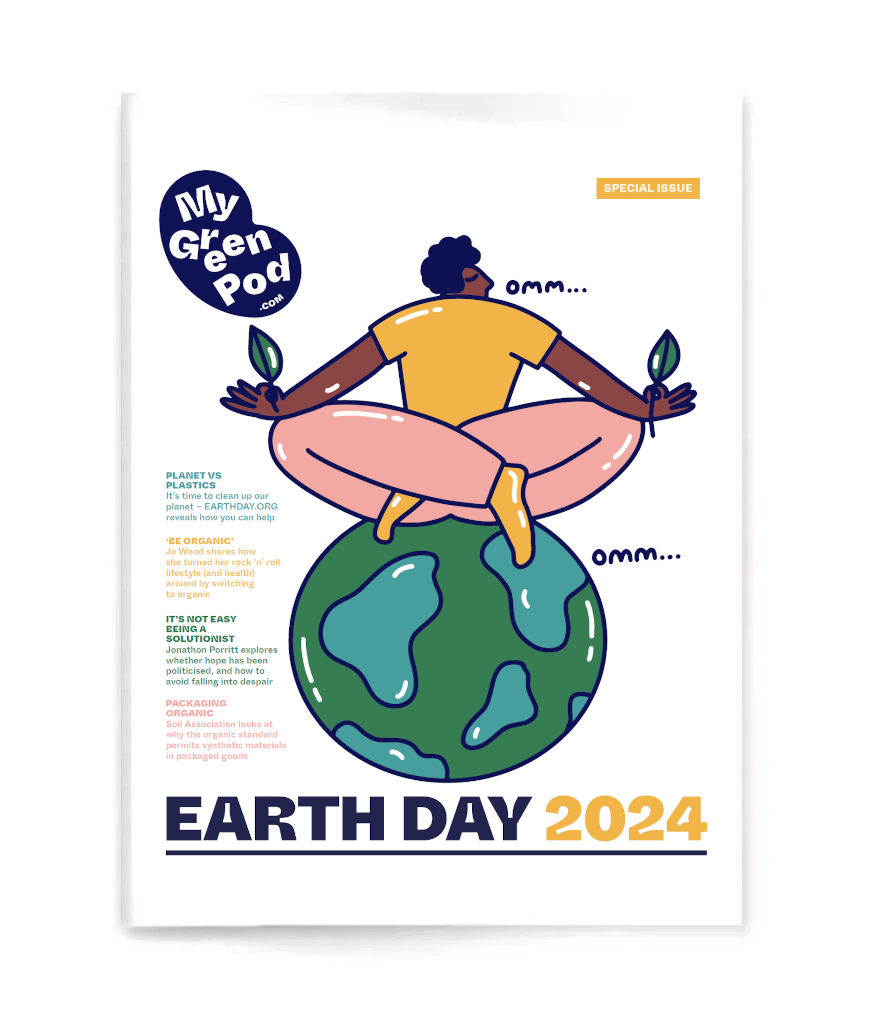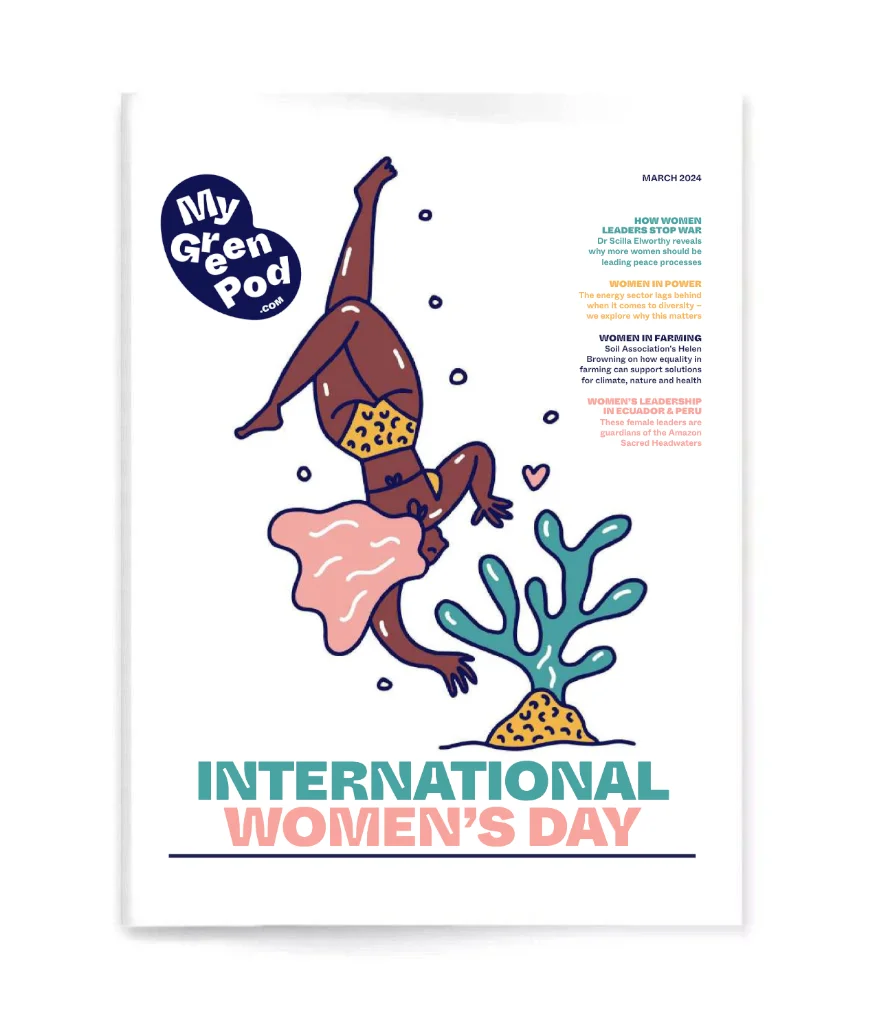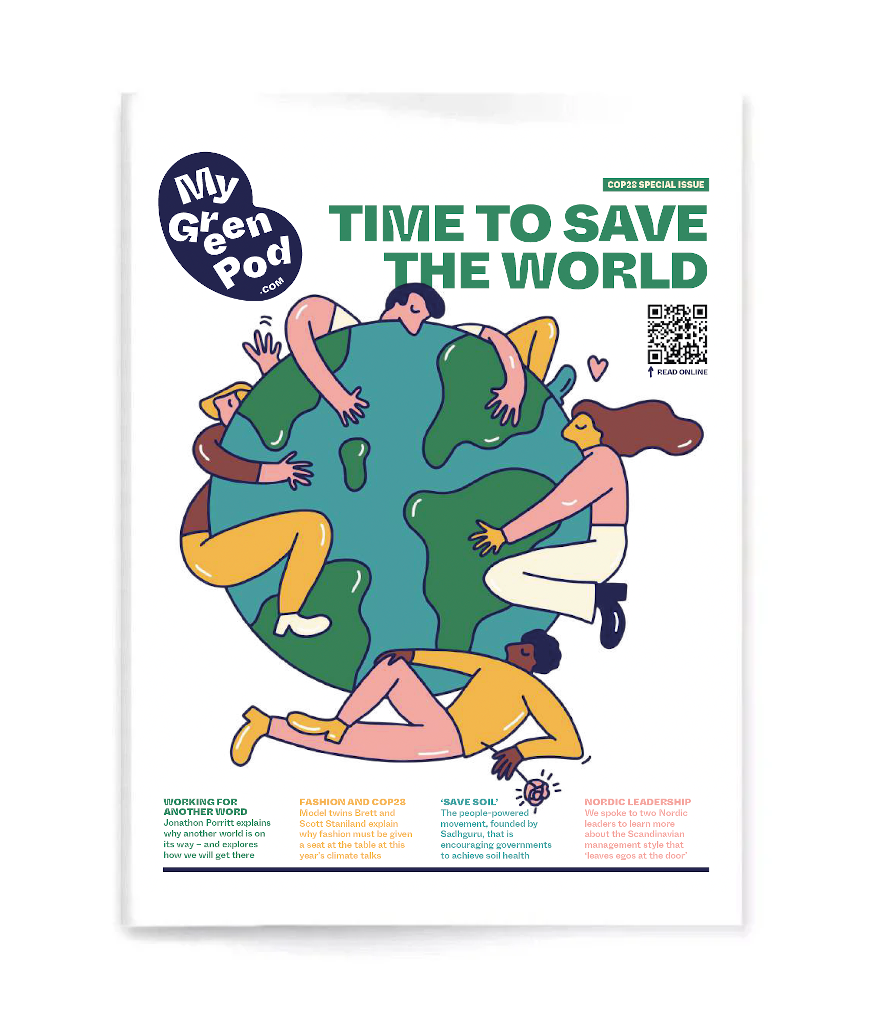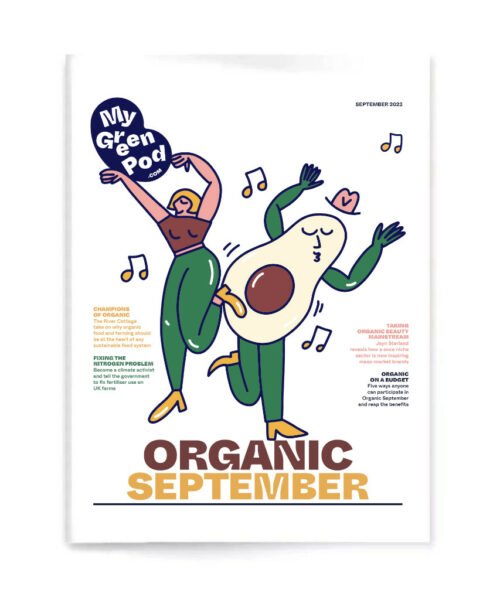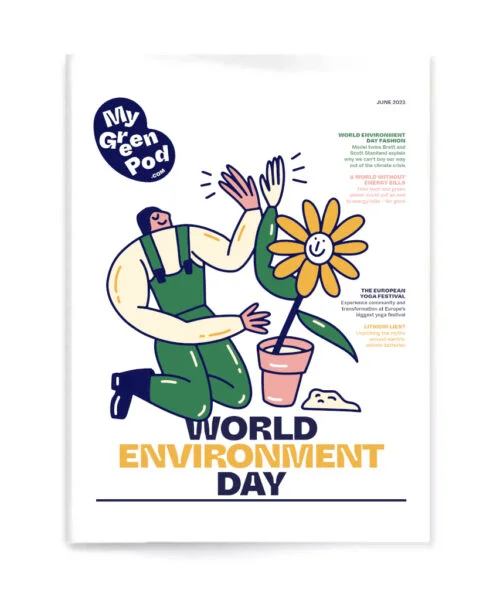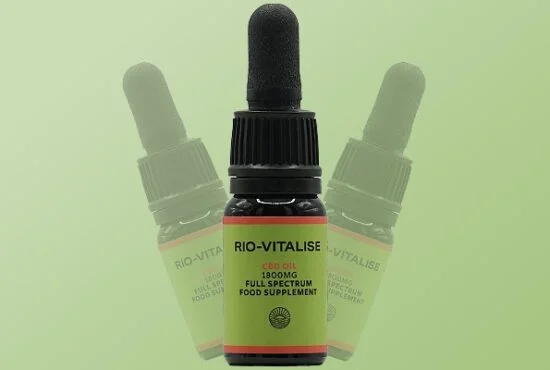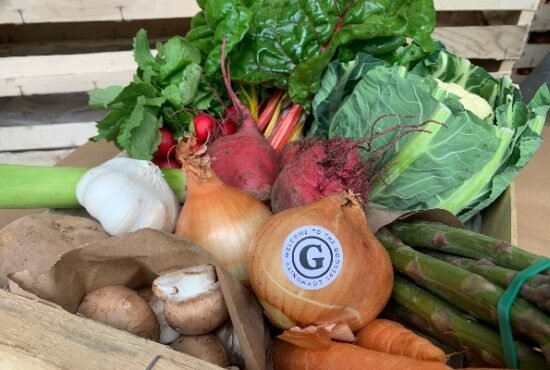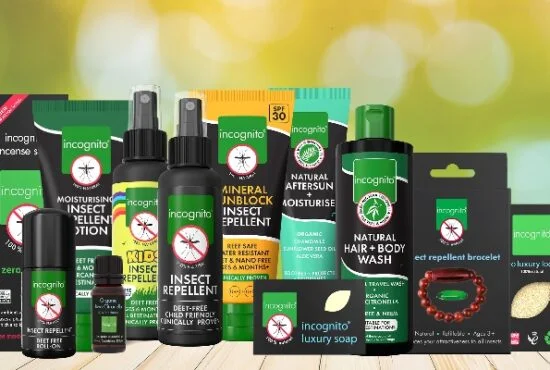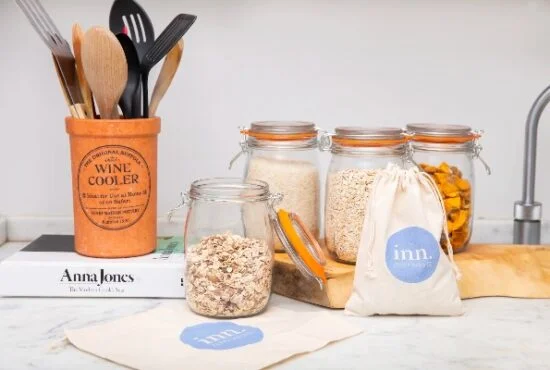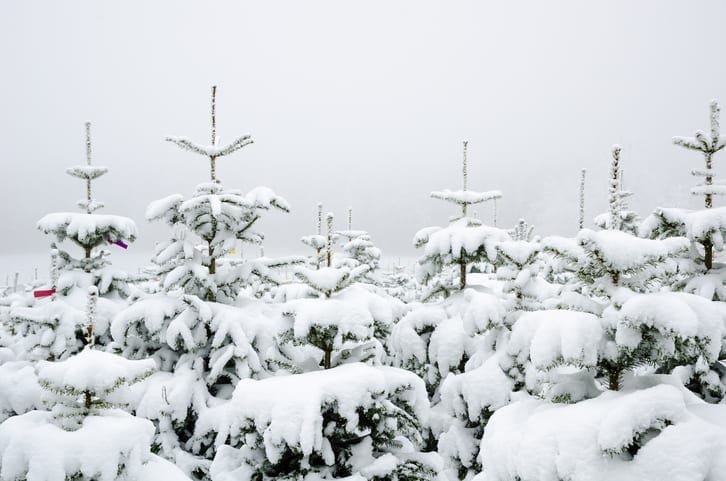The wild ancestor of the connoisseur’s preferred bean, C. arabica, does not fare much better, scoring 33.8. Of the 32 coffee species listed, none scores higher than 35.3. Of those, more than two thirds have no known viable genetic material stored in gene banks or other repositories.
Other wild species of note include Abies nordmanniana, the Nordmann fir, a popular European Christmas tree, that scores 13.5. That score puts it in the centre of the high-priority category scale (0-24). Of the list’s 13 fir species, only Japan’s A. vietchii, Vietch’s silver-fir, is a low-priority species, with a score of 59.5.
Theobroma cacao, the wild ancestor of chocolate native to the tropical Americas, scores 35.4.
Wild natural remedy plants such as valerian (Valeriana officinalis), chamomile (Matricaria chamomilla) and the famous Chinese remedy Gingko biloba score 29.1, 27.8 and 26.7, respectively.
‘A long way to go’
Researchers expected lower results for plants in natural settings, which makes the 40.7 average in situ score surprising, said Khoury. They cautioned, however, that relying on plant preservation strictly in natural protected areas is no longer a sure bet. Rapid climate change can force species to shift ranges beyond park borders and the edges of many protected areas are subjected to unchecked habitat destruction.
‘The indicator shows that the network of protected areas around the world is doing something significant for useful plants’, Khoury said. ‘But if we want to get serious about protecting these species, especially the ones that are vulnerable, we have a long way to go before they are fully protected.’
Conservation in different regions
The indicator draws from some 43 million plant records from almost every country on Earth. The combined indicator (both in situ and ex situ) shows that the world’s top useful wild plant conservationists are South Korea, Botswana, and Chile.
Regional in situ conservation scores are highest in Northern Europe, which scores almost 90 out of 100 as a region. For the world’s centres of biodiversity, South America’s northern countries (Colombia, 72.9; Venezuela 78.9; Ecuador 70.6) and Central America’s Panama (76) and Costa Rica (75.7) are among the leaders for conservation of the evaluated plants in natural settings. China (26.3), India (24.3) and Southeast Asia (19.8) have some of the lowest regional in situ conservation scores.
Canada (35.3) and the United States (36.5) lag behind all regions of Africa, which score from 42 to 59.7 on in situ conservation.
‘In a time of worrying global biodiversity loss, the indicator has the potential to encourage conservationists and policymakers to keep tabs on useful wild plant species and to increase efforts to conserve them in situ and in living repositories like gene banks and botanical gardens’, Khoury said.
Click here to read WWF’s comprehensive overview of the state of our natural world.
 Play Video about This Rock Might Just Save The World
Play Video about This Rock Might Just Save The World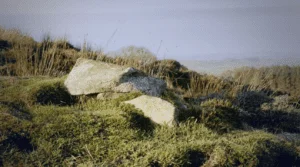 Play Video about Play 2 hours of rock
Play Video about Play 2 hours of rock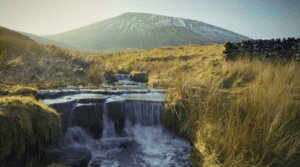 Play Video about Play 2 hours of brook
Play Video about Play 2 hours of brook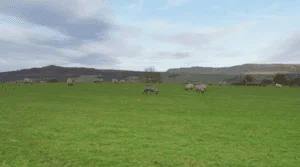 Play Video about Play 2 hours of sheep
Play Video about Play 2 hours of sheep





